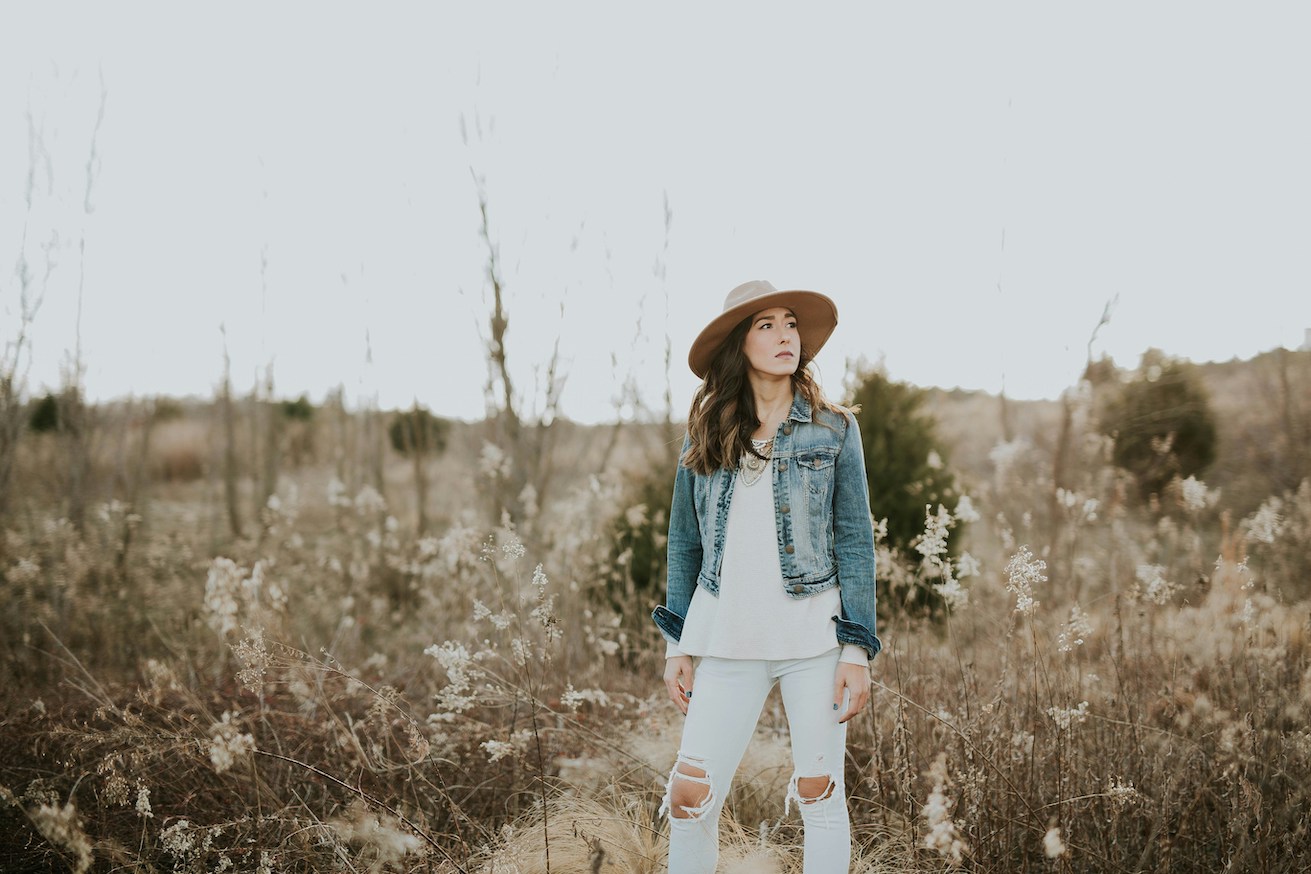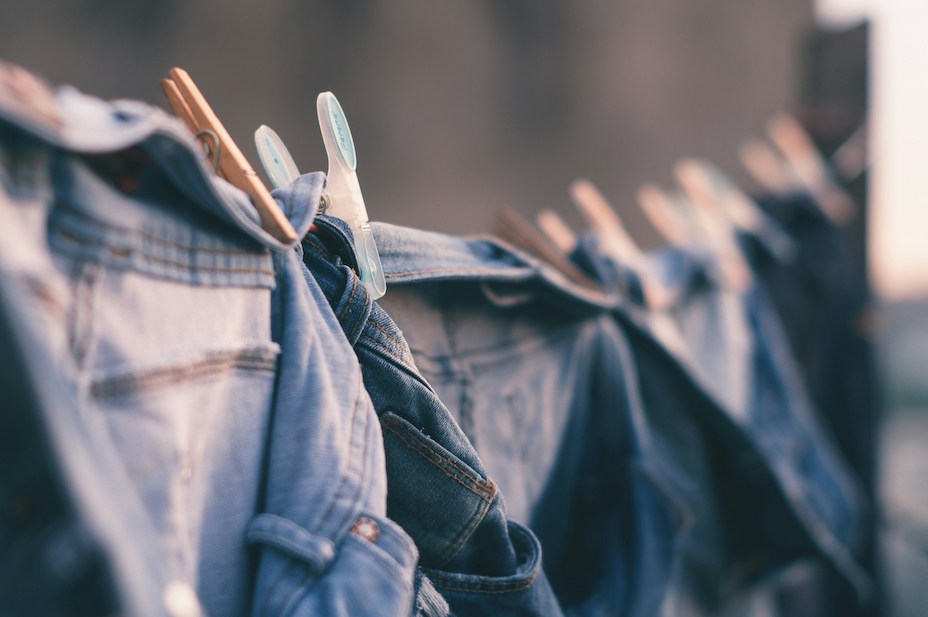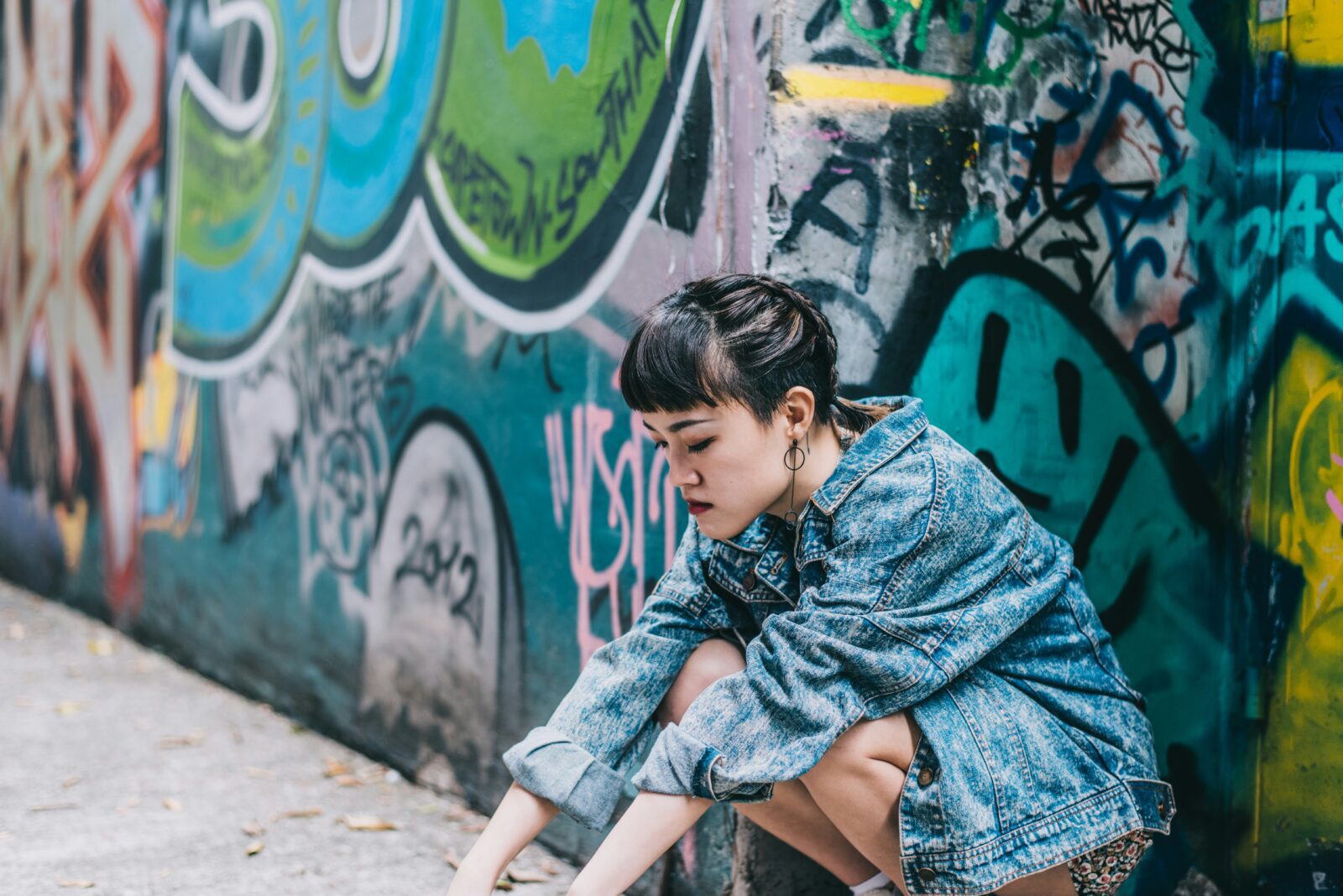Are you considering deadstock fabrics for your next collection, but are unsure of where or how to get started? There’s a lot of information out there about these “unwanted” fabrics. Luckily, we’ve compiled everything you need to know here in this comprehensive guide to buying deadstock. Read through at your convenience and gain confidence in moving your sustainability goals from a stretch to reality.

Defining deadstock
Fabric orders often come in as overestimates on how much material will be needed for a certain line or clothing item. It’s hard to know exactly how much to purchase – and brands usually prefer having too much rather than too little (more on changing that mindset another time). The pieces of fabric that aren’t used – the leftovers – are called deadstock. They’re usually brand-new and in perfect condition; it just so happens that they haven’t been used this time around.
The benefits of using deadstock fabrics are many, but when considering the impact this choice has on the planet, there are two main advantages: a decrease in the fabrics sent to landfill or incinerated and a decrease in newly produced fabrics in an already oversaturated industry. Deadstock can significantly contribute to helping fashion reach ambitious sustainability goals – and look good while doing it.
Browsing deadstock
As we said, deadstock materials are most often just like any other fabrics and, as such, come with the same factors to consider as otherwise: fabric quality, durability, type, color, testing certificates, etc. But there are a few things to think about specifically when sourcing deadstock fabrics:
- Lead times are generally shorter with deadstock since the materials are already made. Suppliers can pop them in the post and they’re on their way. If you’ve got a tight timeline, deadstock may be a good option.
- MOQs (minimum order quantities) are basically nonexistent when it comes to deadstock; the more limiting factor is the total yardage that’s available, which can vary greatly. But once a fabric is gone, it’s gone – so deadstock is best suited for small batch collections or limited editions.
- Costs of deadstock fabrics are significantly less than sourcing other fabrics; for businesses on a tight budget, deadstock may be the best option.
- If you’ve got circular textile goals or commitments to achieve, deadstock is a great way to get you there as the production of new materials is eliminated. This is a question of overall strategy and prioritization for your business so keep it in mind when making your sourcing decisions.

Finding deadstock
It’s a big sourcing world out there with suppliers of all sorts vying for your business. Where to buy deadstock fabrics and which suppliers sell high-quality options, you may be wondering. There are lots of reliable suppliers out there with deadstock available; we can personally attest to many of them, including:
- Raymond UCO Denim: As a producer of some of the best-quality denim in the word, Raymond UCO creates up to 44 million meters of fabric per year – a portion of which goes unused as deadstock. Based in the heart of India’s cotton belt, the Raymond UCO team works with brands across Asia, Europe, and America to deliver superior products.
- Artistic Milliners: Artistic Milliners produce 30 million denim garments annually in their innovative production facilities. With a focus on lowering their impact on the planet, Artistic Milliners recycles 80% of the processed water they use and has reduced their energy use by 62% through the installation of solar panels.
- Crescent Bahuman: Since its start in 1995, Crescent Bahuman (also referred to as CBL) has proudly created some of the highest-quality denim in the industry, outfitting 10 million people globally each year. CBL prioritizes the people who make up its team as well as the planet on which we live in all its business decisions.
A good way to check out these deadstock suppliers – and discover many more – is through industry tradeshows like the Kingpins Show, Texworld, and Première Vision. The major fashion events are starting to feature deadstock and global audiences are discovering the value behind it.
Deadstock can significantly contribute to helping fashion reach ambitious sustainability goals – and look good while doing it.
Using deadstock
Here at Material Exchange, we’ve brought together great minds of the fashion industry to develop the Deadstock Depot: a marketplace for deadstock materials like no other. Brands can find deadstock fabrics in our state-of-the-art showroom, place orders for samples, and receive those samples straight to their doorstep via express delivery – all free of charge. All of the best deadstock suppliers can be found within this platform, with detailed attribute data about each of their materials available in one place. If you’ve been considering deadstock materials for your next clothing line, the Deadstock Depot can help make the sourcing process as efficient as possible.

Deadstock is not going to eliminate the impact fashion has on the planet. Deadstock is not going to fulfill the sourcing needs of every new clothing collection. But deadstock can put a dent in the industry’s transformation from producing-ever-more-threads to using-what’s-here-right-now. This simple mentality can do a lot more than emptying the shelves of bulging warehouses. It can also shift our outlook and strategy toward being more mindful of the choices we make – and that’s worth a lot in moving fashion into a more sustainable future.
Dive into deadstock
Ready to get started sourcing deadstock? You can browse through some of the top deadstock fabrics available today in our Deadstock Depot Showroom. Take a look here:
Related content
Want to chat?
We’d love to hear from you. Reach out to see how we could work together.





